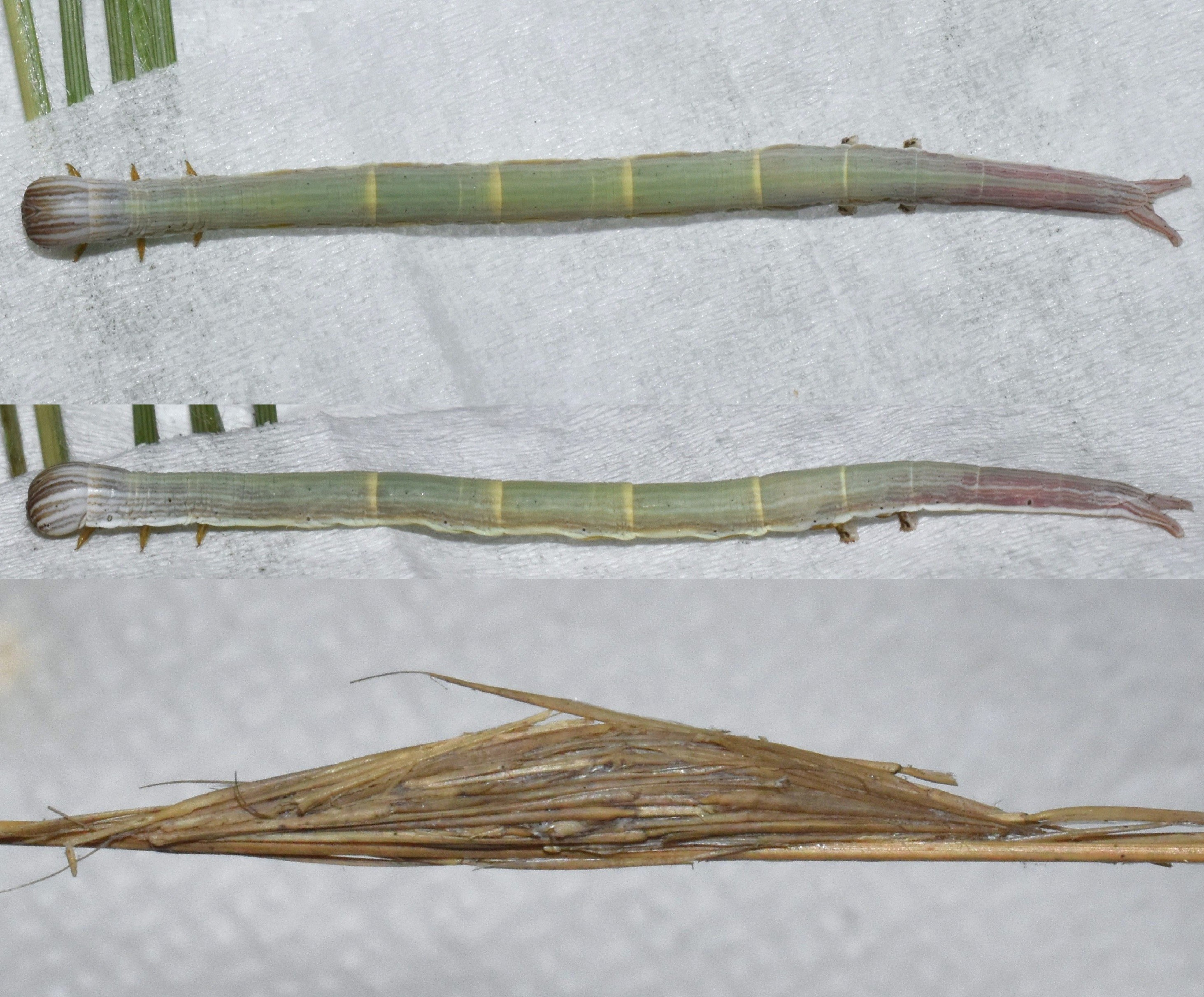
| Recorded by: Jeff Niznik, David George on 2025-10-03
Richmond Co.
Comment: | 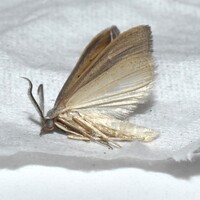
| Recorded by: Jeff Niznik, David George on 2025-10-03
Richmond Co.
Comment: |
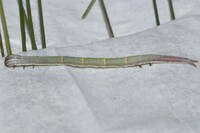
| Recorded by: Jeff Niznik, David George on 2025-08-29
Richmond Co.
Comment: | 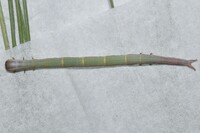
| Recorded by: Jeff Niznik, David George on 2025-08-29
Richmond Co.
Comment: |

| Recorded by: Jim Petranka, Mark Basinger and Becky Elkin on 2025-08-02
Richmond Co.
Comment: | 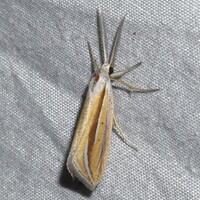
| Recorded by: David George, Jeff Niznik, Rob Van Epps, Kevin Metcalf on 2025-07-20
Richmond Co.
Comment: |

| Recorded by: Jim Petranka, Mark Basinger and Becky Elkin on 2025-06-29
Richmond Co.
Comment: Specimen was dissected. | 
| Recorded by: Jeff Niznik, David George on 2025-06-26
Richmond Co.
Comment: |

| Recorded by: Jeff Niznik, David George on 2025-06-26
Richmond Co.
Comment: | 
| Recorded by: Jeff Niznik, David George on 2025-06-20
Richmond Co.
Comment: |

| Recorded by: David George, Jeff Niznik on 2025-05-09
Cumberland Co.
Comment: | 
| Recorded by: Jeff Niznik, Steve Hall, David George on 2025-04-20
Richmond Co.
Comment: |

| Recorded by: Allison Garton on 2024-08-16
Moore Co.
Comment: | 
| Recorded by: Jeff Niznik on 2024-06-19
Moore Co.
Comment: |
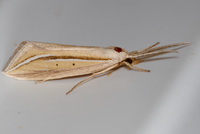
| Recorded by: Jim Petranka and Bo Sullivan on 2023-06-13
Scotland Co.
Comment: | 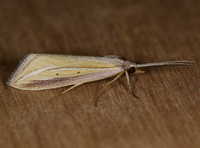
| Recorded by: Jim Petranka, Steve Hall and Bo Sullivan on 2022-08-29
Moore Co.
Comment: |

| Recorded by: Jim Petranka, Steve Hall and Bo Sullivan on 2022-08-29
Moore Co.
Comment: | 
| Recorded by: Laura Hamon on 2021-04-21
Carteret Co.
Comment: |
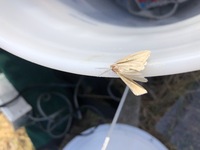
| Recorded by: Laura Hamon on 2021-04-21
Carteret Co.
Comment: | 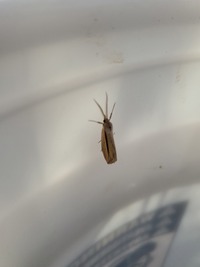
| Recorded by: Laura Hamon on 2021-04-20
Pender Co.
Comment: |

| Recorded by: Laura Hamon on 2021-04-17
Carteret Co.
Comment: | 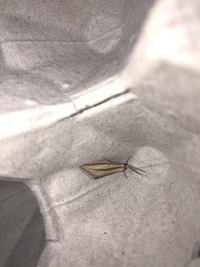
| Recorded by: Laura Hamon on 2021-04-17
Carteret Co.
Comment: |
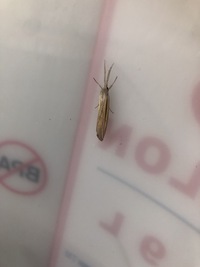
| Recorded by: Laura Hamon on 2021-04-16
Pender Co.
Comment: | 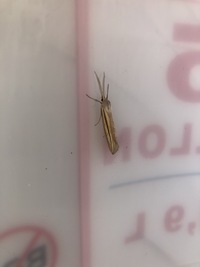
| Recorded by: Laura Hamon on 2021-04-16
Pender Co.
Comment: |
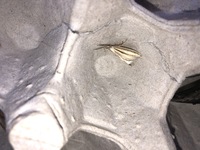
| Recorded by: Laura Hamon on 2021-04-13
Pender Co.
Comment: | 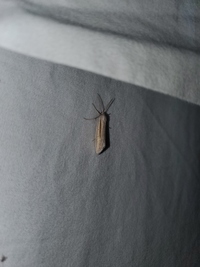
| Recorded by: Laura Hamon on 2021-04-12
Pender Co.
Comment: |
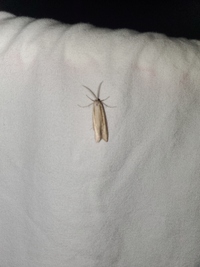
| Recorded by: Laura Hamon on 2021-04-12
Pender Co.
Comment: | 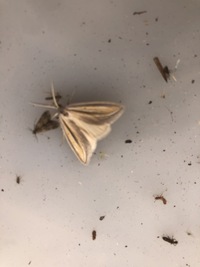
| Recorded by: Laura Hamon on 2021-04-08
Carteret Co.
Comment: |
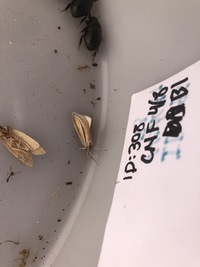
| Recorded by: Laura Hamon on 2021-04-08
Carteret Co.
Comment: | 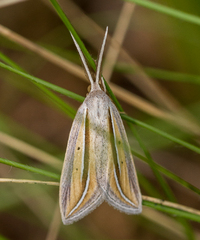
| Recorded by: Steve Hall on 2014-06-04
Onslow Co.
Comment: Common in savannas with wiregrass |
|

 »
»

